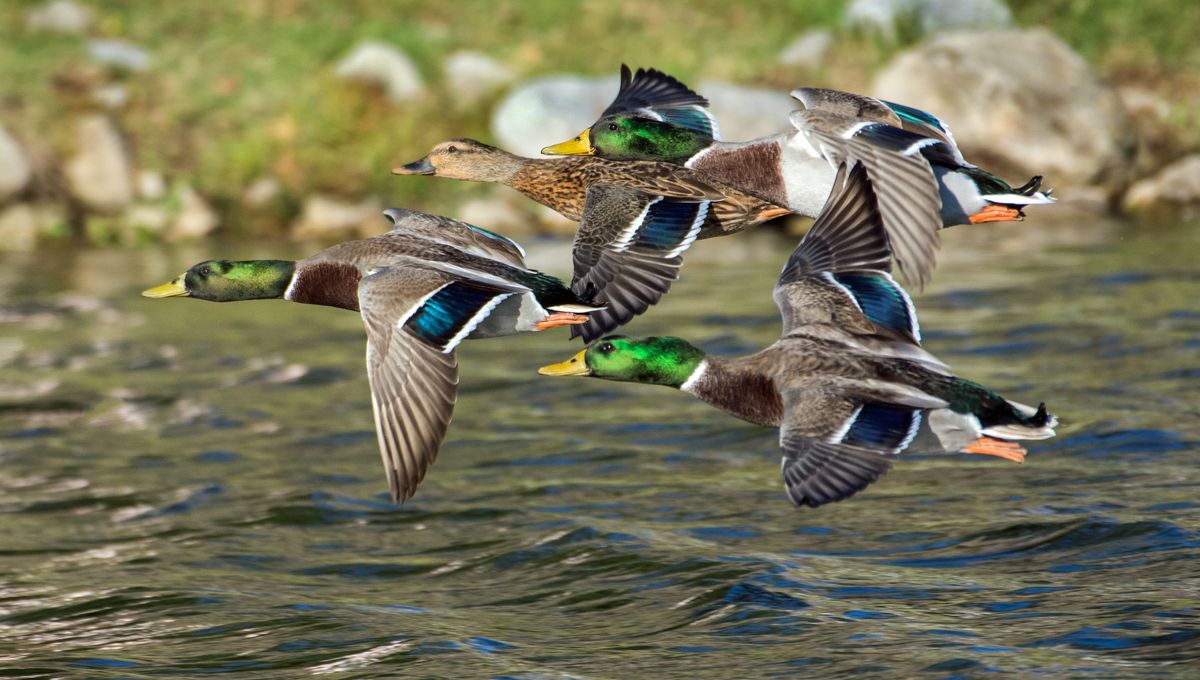
A former director of the Centers for Disease Control and Prevention (CDC) told a US cable news network that a bird flu pandemic is “very likely”. Robert Redfield, a virologist who served as director of the agency from 2018 to 2021, also noted that bird flu in humans is associated with “significant mortality”, and that a pandemic could have a death rate far in excess of that we’ve seen with COVID-19.
Many influenza viruses infect wild bird populations across the world, but most of them pose no serious risk to humans. The problems arise when a strain of bird flu mutates and gains the ability to jump into another host species. All four major flu pandemics that have hit humanity during the 20th and 21st centuries – including the “Spanish” flu of 1918 and swine flu of 2009 – are thought to have begun with an avian flu virus.
Recently, fears have been heightened that another pandemic strain could be coming our way, thanks to the almost unprecedented spread of highly pathogenic H5N1 influenza among wild and domesticated birds and, crucially, many different mammal species.
Outbreaks in cattle on dairy farms across several US states have already seen the virus spreading to farm cats and three human workers, all of whom thankfully had only mild illness. Virus particles have also been detected in beef and milk, though experts continue to stress that the food supply is safe and the risk to the general public is low.
The fact remains, however, that the more we see this virus spilling over into mammals and the human population, the greater the chance it will adapt to be able to spread between people.
This is what Redfield warned about when he spoke to NewsNation on Friday, June 14.
“I really do think it’s very likely that we will at some time, it’s not a question of if, it’s more a question of when we will have a bird flu pandemic,” Redfield told host Chris Cuomo.
He added that there’s been a steady increase in the number of mammals becoming infected in the US since 2019, with some of the latest additions pushing the overall total to around 27 different species.
H5 subtypes of avian flu, including H5N1, have long been at the forefront of concerns about a future human pandemic. The recent case of a human H5N2 infection in Mexico underscored the risk that any of these viruses could pose to mammals, although the world’s attention is still firmly and understandably focused on H5N1 as it has spread to even the remotest of regions.
“As [H5N1] goes into more and more different mammals it’s changing its use of receptors […], it’s learning how to use different receptors for dolphins, and seals, [and] bears, and polar bears, and foxes, and raccoons, and cats,” Redfield explained. “So it’s going through a lot of changes, and as it picks up some of these new receptors it can get closer and closer to humans.”
Surveillance remains key, and health authorities around the world are watching this virus like a hawk. As Redfield said, there’s no easy way to predict how long it may take for the virus to develop the necessary mutations that could lead to a pandemic, likely with a higher mortality rate than we saw with COVID-19 even before treatments and vaccines – “somewhere between 25 and 50 percent,” was Redfield’s forecast.
Right now, there’s no evidence to suggest that the virus has yet developed the ability to spread between humans. The small number of human cases we’ve seen so far have all been isolated incidents associated with very close contact with infected animals. But that hasn’t stopped some countries already taking precautions.
Finland looks set to become the first country to start immunizing at-risk people after the European Union secured a large order of a vaccine based on the similar virus H5N8, with other countries poised to make similar moves. An existing supply of vaccines is a major plus, and something we did not have for COVID when the pandemic ramped up in 2020. Hopefully, other lessons humanity has learned from SARS-CoV-2 will serve us well when the next pandemic comes.
Source Link: Bird Flu Pandemic Just “A Question Of When”, Says Ex-CDC Director